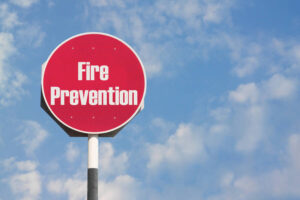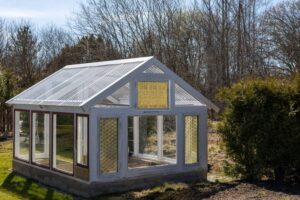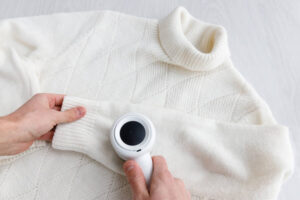Have you ever wondered what those codes on the light bulbs mean?
Or maybe you are not quite sure what the difference is between their shapes and sizes! Gone are the times when it was easy to buy light bulbs and just install them. Nowadays, there are multiple types of codes for each size and shape of light bulbs; some are LED, some are fluorescent, some are good for the environment, and some are horrible for it. It’s become such a complicated affair that you cannot just walk into a hardware store and ask the clerk for a light bulb.
Yet, there is no need to fret about it! We have gathered the most common types of lightbulbs and the associated codes they have in order to explain them and make them as easy to understand as possible! Generally speaking, the number and letter on the packaging of a light bulb will indicate the shape and type of the bulb, as well as the diameter. And before you think about it, yes, the shape is important.
The shape will give you the type and amount of light cast into your room, and if you plan to renovate and are stuck on one type of light fixture, it is good to know what type of light bulbs you are going to have to buy in order to make sure it works correctly. Read along and find out all there is to know about these light bulbs and their codes!
Let us know in the comments which light bulb you use the most and why in the comments below!
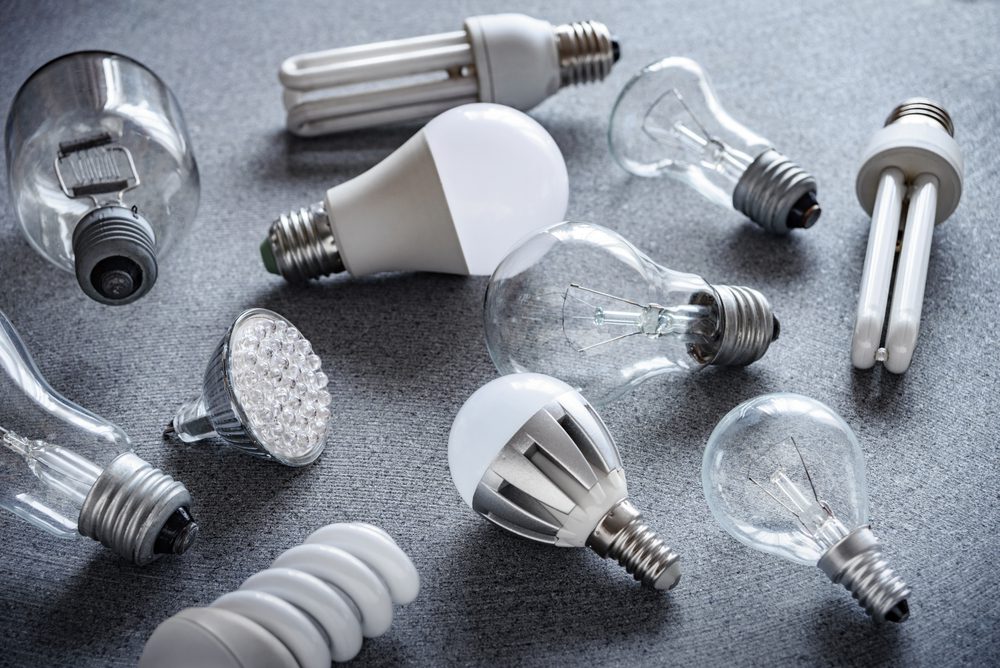
All shape codes for light bulbs!
It is easy to tell what type of light bulb you are looking at if you know what all of the codes mean. Knowing what type of bulb you’re going to buy or what type of bulb the light fixture requires will help you save time at the store and avoid the hassle of purchasing the wrong light bulbs. Here are all the light bulb codes and what they mean:
teardrop-shaped bulbs
- B: bullet
- BR: bulged reflector
- BT: bent tip, blunt tip, or chimney
- C: candle
- CIR: circline or circular
- G: globular or globe shaped
- S: sign
- T: tubular or tube shaped
- R: reflector
- PAR: parabolic
- MR: mirror reflector
They’re not hard to remember, yet if you are not used to working with them, it may be hard to realize what they mean. After all, you may only be using one or two of them. We have looked into all of them and what they are used for, so you do not have to get lost in pages and pages of explanations online! Not to mention, some of these up there you are never going to use!
No.1 Code A
The code Light bulbs are probably the most common ones, and that is the image that appears in our minds when we think of a light bulb. It has been known as the “teardrop” or “flower bulb” shape light, from which it also got its name as a light bulb. The A category of light bulbs is the most common one, and generally speaking, they are the most widely spread around.
They come with a screw base, and most of the A bulbs have been used over the past year as the standard for most light fixtures, especially the hanging ones. The G2 60-watt light bulbs that were incandescent and have been used for years were type A light bulbs, despite the name they had. Most of the 60 and 70 watt light bulbs are actually A-19 and A-20 ones, respectively, and they are the most widely spread and common examples of light bulbs.
No.2 Code B
Code B actually covers three different shapes of light bulbs, despite being described by the same name and their shapes being quite different.
The simple B bulb defines a light bulb that has a cylinder shape with a tapered base and a small rounded end! These types of light bulbs are also known as bullet bulbs.
The BR bulbs are an abbreviation for their name, which is bulged reflector bulbs. They have a weirder shape than B bulbs, with two reflector areas that are shaped like a funnel, one behind the other, so that they can focus and shape the light they give out. They have a narrow bottom and a flared, wide top part.
Lastly, the BT code itself means different things. The most common explanation for BT is bulged tubes, which are also known as chimney light bulbs. They generally are in the shape of wide tubes that have a wide middle area. Other times, the BT code can stand for the bulbs that have a blunt tip, meaning they are shaped like a flame but have a round end. Lastly, “BT” bulbs can just mean “bent tip,” which is the direct opposite of a blunt tip.
However, you will not have to worry about the BT bulbs because the manufacturers have agreed and written the meaning on the package, so you will know if you are purchasing a chimney, bunt, or bent-tip light bulb.
No.3 Code C
The C in this light bulb code stands for candle. These are what people generally describe as “flame-shaped” light bulbs with bent tips. They are used in smaller lights or where narrower bulbs are required.
Manufacturers have started to use the CA code on some packaging for candle bulbs because they hope to reduce the confusion some customers have when it comes to the difference between candle bulbs and circular lamps.
CIR is another code C, but it stands for circular or circline lamps. These are made out of fluorescent tubes that are shaped like a circle, very different from flame-shaped light bulbs.
No.4 Code G
Code G is pretty easy to guess since if you have ever looked for a globular light bulb, these are the ones you have been looking for. They are generally mounted in sequences where they do not need to be covered as they are aesthetic by themselves, and people love to see them.
You may have seen some or even needed some for a vanity mirror. They are very popular for those because they provide adequate lighting and are very attractive, as are other multi-socket fixtures.
No.5 Code S
This one may be new to you unless you have been working with appliances or with signs. They are not used for any sort of residential lighting, nor are they used for anything else but those things, as they were made specifically for those uses.
If you are worrying about not having enough space to store things, this innovative way to make use of your doors is going to be a lifesaver!
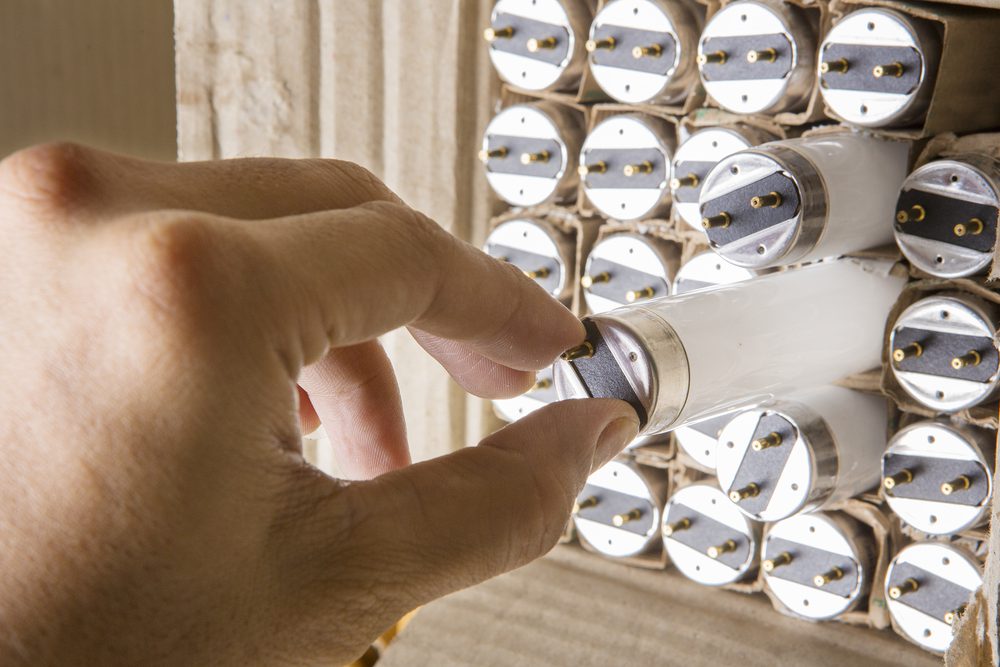
No.6 Code T
If you have ever needed a bunch of tube-shaped light bulbs or any sort of tubular-shaped ones, you have definitely seen these code T ones. They are also known as “standard fluorescent light bulbs,” so if you have a light fixture in your bathroom that needs a tube-shaped light bulb, you know these very well.
The most common shapes of these tube bulbs are T-8 and T-12.
Another one you could have encountered is the T-10, but those are generally used in gallery settings and mounted on frames to illuminate art pieces.
No.7 Code R
R stands for reflector, and these are generally used for all reflector lamps. If you have any track lamps around your home or even recess lights, then you may need some of these light bulbs for those types of fixtures.
Other codes with the letter “R” in them generally indicate the type of reflector bulb they have, or how they differ from the original. The BR is for the bulged reflectors, the PAR is for the parabolic ones, and the MR is for the mirrored reflectors ones!
No.8 All the numbers
You may have noticed that a lot of the codes are followed by numbers. They denote the size of those types of light bulbs, but it is not in normal inches. The numbers are in eighths of an inch.
Let’s take the T-12 and T-8 tubes. The T-8 is an inch in diameter, while the T-12 is 1 1/2 inches.
And like this, you can easily tell them apart, and it can also save you in a pinch if you know the diameter of the socket but not the type of bulb you need past the code name!
And if you’re curious about a great way to light up your home without having to add too many lamps or change your fixtures, read all about our tips and tricks here!






